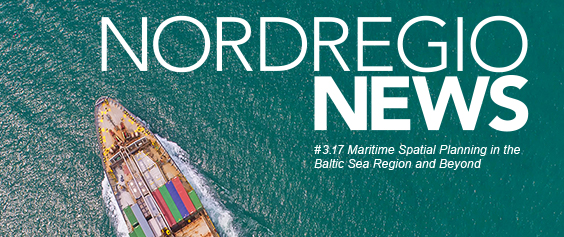The partners in the Baltic SCOPE collaboration developed several recommendations in order to facilitate transboundary collaboration in maritime spatial planning, and for national authorities to achieve a closer alignment of their national plans.
The recommendations deal with transboundary cooperation and planning evidence for example, and sectors such as shipping and fisheries. A selection of the recommendations is presented below. The recommendations are based on the joint experience and needs encountered whilst working together towards coherence and cross border solutions in Baltic maritime spatial plans.
TRANSBOUNDARY COOPERATION
- Planning authorities should draw attention to pan-Baltic and bilateral issues at the national political level where appropriate, to deal with conflicting national interests that cannot be solved through informal dialogue between planners.
- Planning authorities should strengthen cooperation with sectorial agencies, which act as contact points to international decision organs, including the Baltic Marine Environment Protection Commission – Helsinki Commission (HELCOM) and Visions and Strategies Around the Baltic Sea (VASAB) at the regional sea level.
- Planning authorities should develop a more symbiotic relationship with sector authorities, and the respective sector authority should involve the planning authorities if there are spatial implications in sector negotiations across borders.
PROCESS
- Ensure that sectoral authorities understand and agree with relevant MSP recommendations in order to promote the successful implementation of MSP.
- Map transboundary synergies and conflicts, so planners can identify which areas require special attention.
- Apply experiences from conflict management in other areas to MSP.
Article continues below


